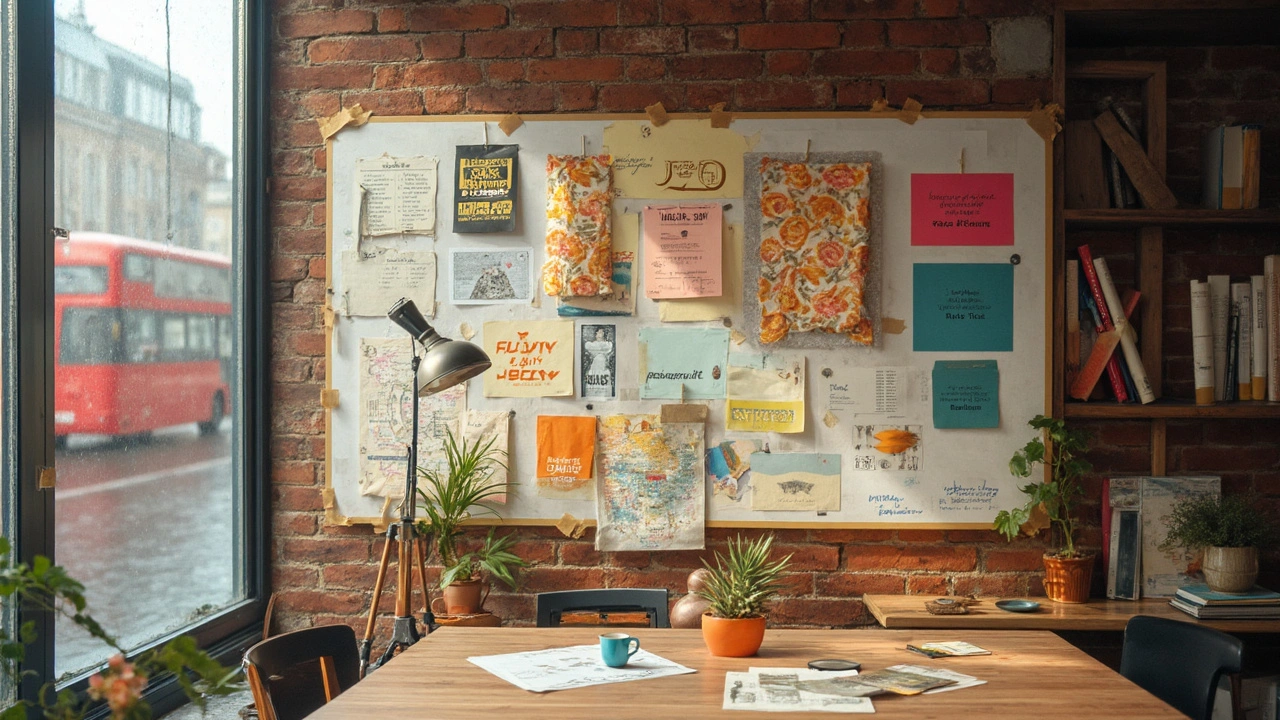Vintage Typography – Why Old‑School Fonts Still Matter
When you see a poster with bold, blocky letters or a logo that looks like it came from the 1920s, you’re spotting vintage typography. Those old‑school typefaces bring character, nostalgia, and a sense of craft that many modern fonts lack. In this guide, we’ll break down what makes vintage lettering special and show you quick ways to add it to your projects.
Understanding Vintage Typefaces
Vintage typefaces are the styles that were popular before the digital age. Think of the thick serifs on a 1890s newspaper or the sleek sans‑serif headlines from the 1960s. Each era had its own rules: early 1900s designs used heavy, decorative strokes, while mid‑century fonts favored clean lines and geometric shapes.
One of the biggest tricks of vintage typography is the use of contrast. A single letter might have a thick backstroke and a thin forward stroke, creating a dramatic look. Designers also loved to play with spacing – letters were often tightly packed in headlines, then given breathing room in body text.
Another hallmark is the way designers treated ornaments. You’ll see flourishes, swashes, and tiny decorative elements tucked into the letters. Those details make a typeface feel hand‑crafted and give it personality.
How to Use Vintage Typography Today
Start by picking a font that matches the era you want to evoke. If you’re going for a 1920s jazz club vibe, look for a bold slab‑serif with high contrast. For a retro 1970s feel, a rounded sans‑serif works best. Most font libraries now include “vintage” collections, so you can browse and test a few before committing.
When you add a vintage font, keep the surrounding design simple. Let the letters do the heavy lifting. Pair a decorative headline with clean, sans‑serif body copy to keep the layout readable. Avoid using too many different vintage fonts at once – two at most will keep the page from looking cluttered.
Color choices matter too. Classic palettes include muted earth tones, deep navy, or faded pastels. These colors reinforce the aged feel. If you’re working online, consider adding a subtle texture overlay that mimics paper grain or worn ink. It’s a small touch that makes the whole design feel more authentic.
Finally, think about how the typography works at different sizes. Vintage fonts often lose detail when they’re too small, so reserve them for headlines, logos, and pull quotes. Use a modern, legible font for paragraphs and instructions.
By understanding the history and quirks of vintage typefaces, you can bring a timeless edge to any project. Experiment with a few classic fonts, pair them with clean layouts, and watch your design gain instant personality.

Revivalism in Graphic Design: Why Nostalgia Works and How to Use It
Why nostalgic design keeps winning, which eras to borrow from, and how to apply them without looking dated. Practical steps, style recipes, pitfalls, and a quick checklist.
Read more